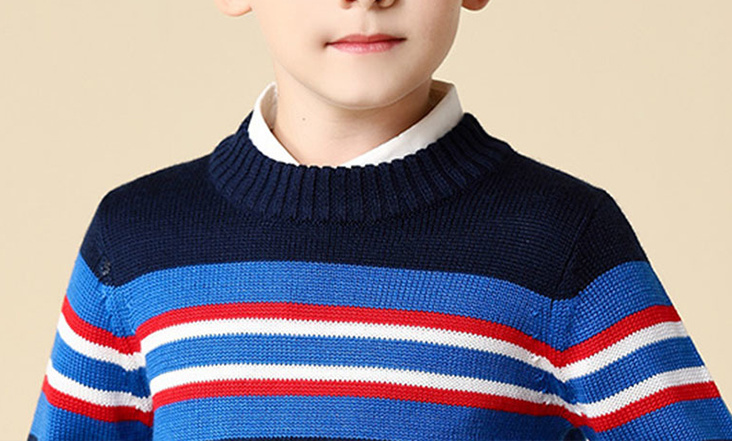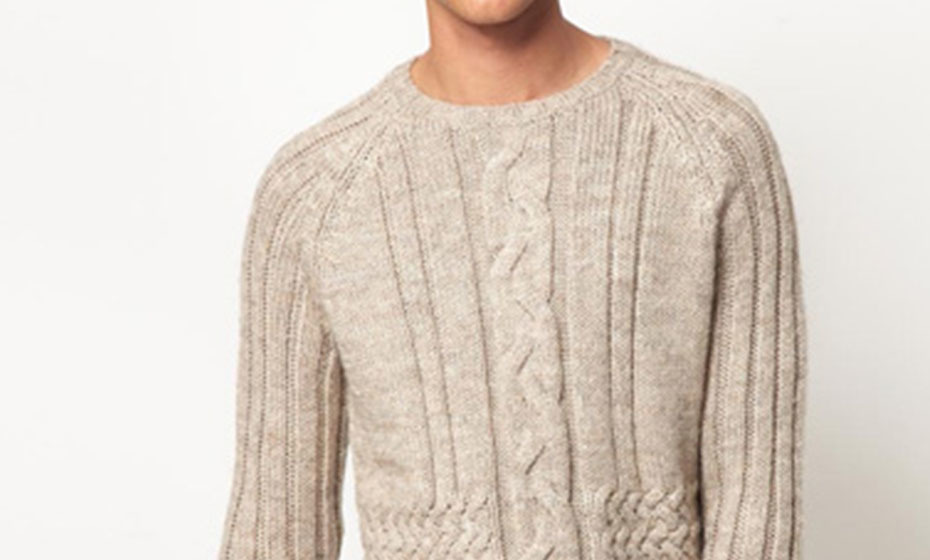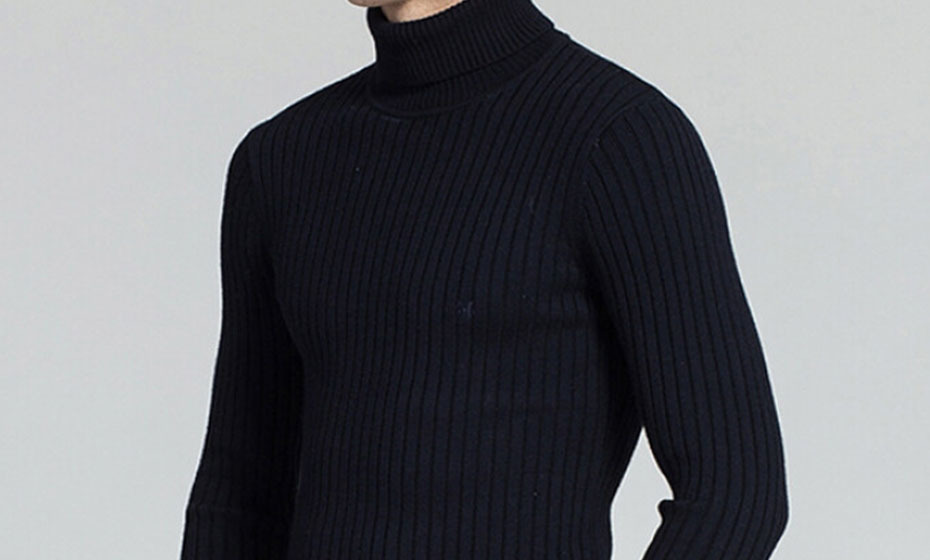29
2023
-
03
Do you know the technique of pleating on clothing?
Pleats, literally, are lines that are folded and sewn. Pleats are an important element of clothing, mainly decorative, make clothes more fit and beautiful. Pleats are mainly divided into four common forms: compression pleats, pull-out pleats, natural pleats and pendant pleats.
1. Crimp
Pressing pleats, also known as ironing pleats and folding pleats, are made of fabric in the form of creasing or overlapping, pressed and formed by machine, or stitched by machine thread. Continuous pleats are mostly used for decoration, or group, or separate pleats. This kind of pleats have a regular and neat visual effect, giving a sense of order, especially straight pleats, pleats repeated and regular, easy to form a regular and strong feeling. In the way of forming the pleat, one end of the pleat is generally fixed, while the other end moves naturally along a specific direction, showing the contrast style and movement characteristics of the dynamic and static, flat and undulating, compact and stretch of the pleat. The common forms of compression pleats are parallel pleats and row pleats (along pleats and inverted pleats in some places called knife pleats), to pleats (live pleats and dead pleats), I-pleats (internal pleats and external pleats), line pleats, cross pleats, etc. Special pleats series are: organ pleats, I-word pleats, toothpick pleats, row pleats, wave pleats, bamboo leaf pleats, sun pleats, hand pleats, messy pleats, millet pleats, etc.
2. Pleat
Drawing pleats, also known as broken pleats, pleats by point or line, are natural, rich and irregular pleats formed by fabric gathering contraction or tightening. Multidirectional pleats are pleated in units of points and have strong directivity. The pleats are radially textured. From the point of view of the process, it can be used to sew the machine line on the fabric and tighten the machine line to form the pleating, and it can also sew a few lines of elastic line to form the pleating naturally according to the effect of elastic. Pleating is suitable for thin fabric, controlling fullness in width to produce decorative effect. It is usually used for children's wear, pregnant women's wear and lively decoration of women's wear.



